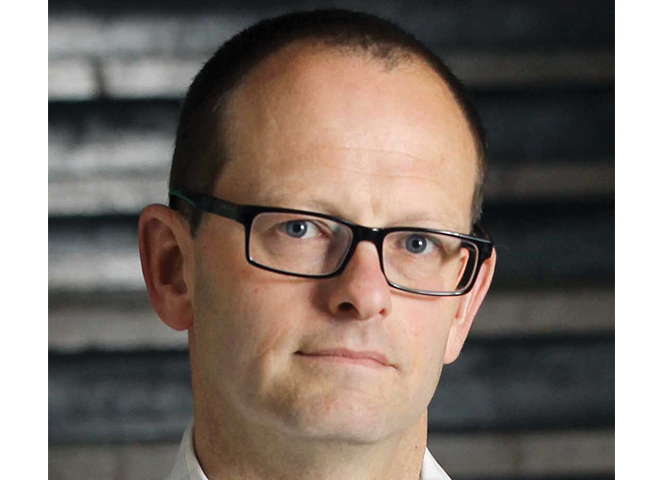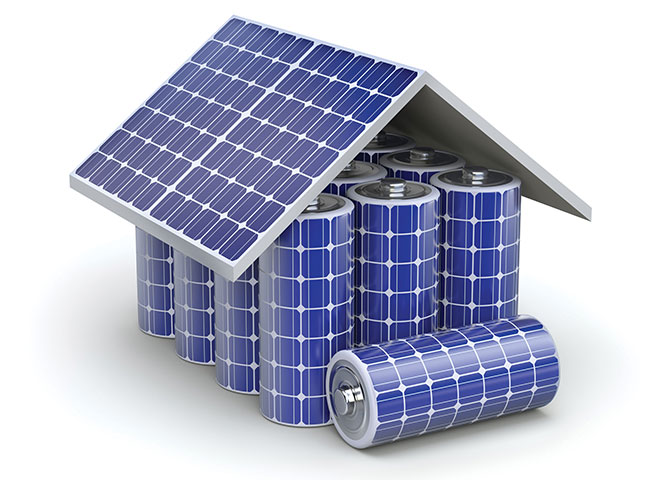
Engaging communities in renewable energy projects
10th November 2017
Intelligent storage
10th November 2017Record renewable electricity generation in Northern Ireland

The latest figures from the Department for the Economy (DfE) confirm that, for the 12 month period ending 31 March 2017, renewable sources accounted for 27.1 per cent of total electricity consumption in Northern Ireland.
This represents an increase of 1.6 percentage points on the previous 12 month period and is the highest rolling 12-month proportion on record.
In terms of the volume of electricity consumption, approximately 7,780 Gigawatt hours (GWh) of total electricity was consumed in Northern Ireland. Of this, some 2,107 GWh was generated from renewable sources. Wind accounted for 82.8 per cent of renewables-based generation during 2016/17. This compares to 87.6 per cent for the previous 12 month period.
These figures are contained within an annual DfE report, which is published to encourage the attainment of the Northern Ireland Executive’s 2010-20 Strategic Energy Framework. This includes a target to achieve 40 per cent of electricity consumption from renewable sources by 2020.
The report also confirms that in March 2017, some 31.7 per cent of total electricity consumption in Northern Ireland was generated from local, renewable sources. This is lower than the corresponding figure for the previous month (38.9 per cent in February 2016) but higher than the corresponding figure for the same month one year ago (22.5 per cent in March 2016) and is the fourth highest monthly proportion on record.
The DfE report highlights that renewable electricity generation varies markedly from month to month. This variation is due to factors such as weather and also new renewable generation facilities coming on line at various points. According to DfE analysts, the rolling 12-month average helps to take account of monthly variations to provide a better measure of the underlying trend.
“Government policies to encourage more electricity from renewable sources have led to a new wave of generation.”
Whilst renewable electricity generated from wind continues to be the predominant source of such generation in Northern Ireland, there has been recent growth in the proportion from other sources. These include: landfill gas, biomass, biogas, tidal and solar.
The proportion of renewable electricity generated from sources other than wind was less than 10 per cent for each rolling 12 month period up to September 2015 but has risen steadily since then and for the 12 month period ending March 2017, other sources accounted for 17.2 per cent of all renewable electricity generated in Northern Ireland. This change is largely due to recent increases in renewable electricity generated from biomass and biogas.
Electricity produced by those who generate their own electricity (mainly for their own use but some of which may ‘spill’ onto the distribution network) is excluded from the DfE report, as information about such ‘microgeneration’ or consumption is not available to NIE Networks.
Taking into account that there are a growing number of microgenerators of renewable electricity, the data presented by DfE represents the minimum amount of renewable electricity generation in Northern Ireland.
Electricity consumption data is calculated by NIE (Northern Ireland Electricity) Networks by aggregating actual and estimated meter readings across both domestic and nondomestic sectors in Northern Ireland.
The NIE Networks electricity consumption data includes all electricity consumed locally across both domestic and non-domestic sectors, regardless of where the electricity was generated
The latest generation figures from NIE Networks, show that onshore wind alone has now passed the 1GW milestone, with 1,029MW of onshore wind connected locally.
Recent months have seen significant delivery of large onshore wind projects, representing £127.4 million of local investment since the beginning of 2017. The growth has contributed to official figures published this month showing that in the 12-month period from April 2016 to March 2017, onshore wind generated 22.4 per cent of Northern Ireland’s electricity.
In the UK as a whole, onshore wind currently provides 6 per cent of electricity, so proportionately Northern Ireland is way ahead in terms of generation from this power source.
According to the Northern Ireland Renewables Industry Group (NIRIG), onshore wind is now by far the leading source of clean electricity in Northern Ireland, representing 78 per cent of installed renewable capacity. The network is dealing with increasingly high levels of renewables, maximising the growth potential of these technologies.
Chair of NIRIG Rachel Anderson says: “Crossing this 1GW threshold shows just how much of a success story onshore wind is in Northern Ireland. Onshore wind remains one of the vital growth areas to our modern low-carbon economy, so we need to ensure that politicians here join us in securing a bright future for this technology.”
RenewableUK’s Executive Director, Emma Pinchbeck adds: “Renewable electricity is making a massive contribution to Northern Ireland, creating jobs, bringing inward investment and enabling local regeneration. Northern Ireland is making the most of its great onshore wind resources, embracing a mature technology which is now the cheapest way to generate electricity bar none, helping to keep consumers’ bills down.”
Northern Ireland Electricity Networks remains committed to facilitating the development of renewable generation sources. Michael Atkinson, Head of Generation Connections, pointed to the significant investment undertaken by NIE Networks in this regard: “In the last five years we have seen many challenges and have taken an innovative approach as we essentially ‘reverse engineered’ the electricity network to accommodate the new generation. Capacity limits, the removal of the planning permission stipulation for new applications and an immense workload have tested both our resources and our network.
“We have worked in close partnership with the renewables industry to look at new ways to facilitate a wide range of micro, small and large-scale generation in all parts of Northern Ireland.
“The electricity network develops with every new home, business or renewable generator we connect. Government policies to encourage more electricity from renewable sources have led to a new wave of generation. Making the network ready for a cleaner, greener future has led to investment to strengthen or extend the electricity system in rural areas where wind farms, anaerobic digesters or tidal generators are being sited.”
He adds: “We have connected enough energy to power the flux capacitor in Doc Brown’s original DeLorean in Back to the Future. The DeLorean required 1.21 gigawatts of electrical power to operate, and every solar panel, wind turbine, hydro scheme and anaerobic digester connected to the electricity network in Northern Ireland now exceeds this.
“Renewable energy will contribute to the next generation’s environmental future and, at NIE Networks, we will continue to work with interested customers to maximise the contribution from these energy sources. However, due to the exceptional level of uptake of renewables to date and the impact this has had on available network capacity, future collaboration with industry is needed to develop more innovative approaches to make the best use of these technologies.”
